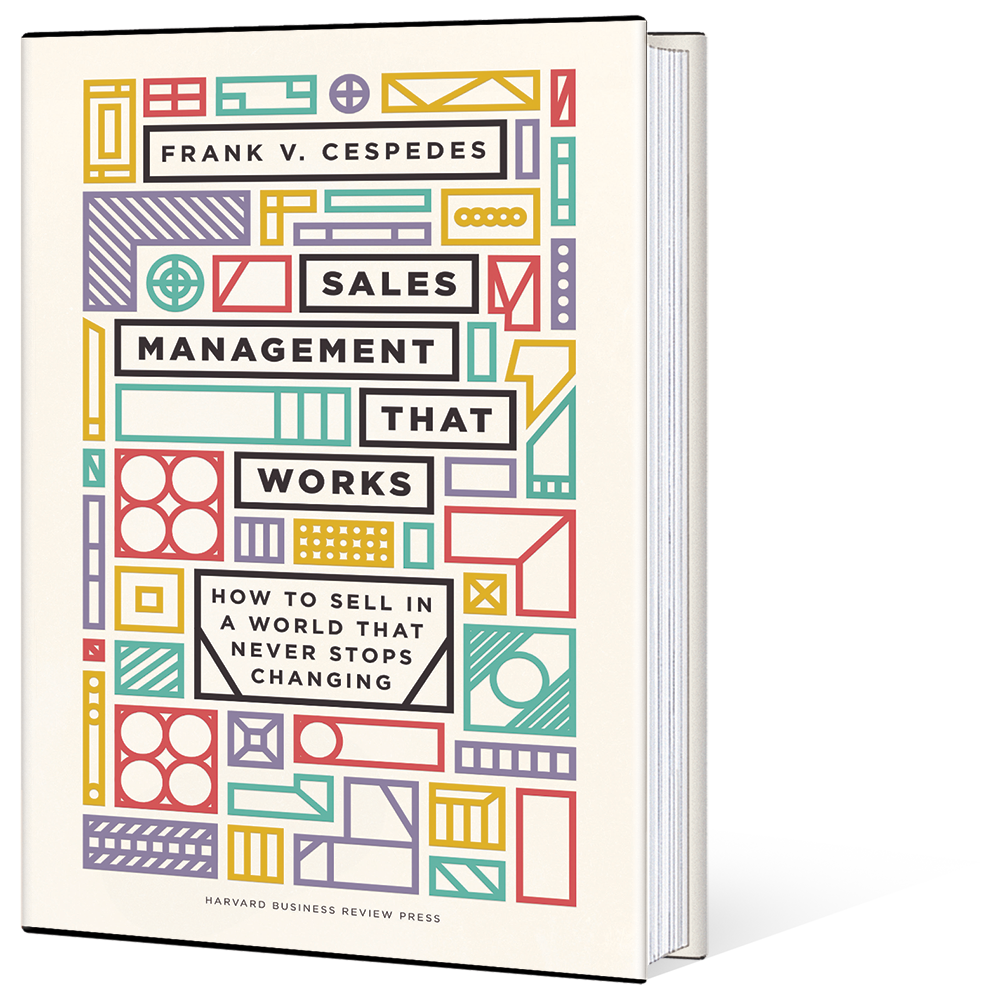Note: this article, by myself, Jay Galeota, and Michael Wong, first appeared here at Sales and Marketing Management.
Most strategies are about growing the business. But about one-quarter of companies do not grow at all and, even before the pandemic, only one in eight achieved more than 10% revenue growth annually, according to data from S&P Global regulatory filings as compiled and analyzed by McKinsey. One reason is a failure to connect C-Suite initiatives with the frontline people who deal with the source of growth: customers. This link is especially important in a slower-growth, inflationary environment, and here are three areas where L&D can help to establish fundamental elements:
Have a strategy – Many companies confuse strategy with a top-down vision or purpose, producing vague aspirational statements and somehow expecting a coherent frontline response to priorities.
By contrast, consider Merck’s merger with Schering Plough. Senior executives recognized that a top-down approach to potential merger synergies would likely result in overestimated revenues and expense reductions. They chose to have growth initiatives come from the front lines of each business unit around the world, and L&D managers were part of that process. Then, Merck selected seven initiatives for corporate level resourcing. Ownership of priorities and frontline focus aligned and, compared to most M&A experiences, Merck had double-digit growth after the merger.
Skills training – Linking growth and the frontline means developing skills relevant to your firm’s strategy, not those in a generic methodology or service slogan. To do this, recognize some basics about adult learning, especially for busy frontline people. An effective approach should not take net time away from their activities, and it should leverage peer learning. People get better by seeing how the best of their peers perform key tasks. New technologies can provide timely access to best-practice peers and in formats that increase comprehension.
EY’s CEO Carmine Di Sibio notes that “When we developed our NextWave global strategy, a central tenet was ‘client centricity,’ which meant investing in our frontline account teams. We moved 200 client relationship leads into our Markets organization, ‘untying’ them from a specific service line so they could focus on client relationships and bring the best EY has to offer to their accounts.”
EY then built expertise and knowledge about key initiatives through its Disruptive Technology Program where Global Client Service Partners (GCSPs, who own the overall account relationship), supported by L&D, learned about issues affecting their client’s sector. EY also accelerated peer learning, Di Sibio adds, with “a focus on senior managers, who work with a GCSP mentor to invest in their leadership skills and deepen their sector expertise. With this approach, we have had market leading revenue growth.”
Customer Communication – Map communication links with decision makers and influencers at customers. Rajit Kamal, President at DePuy Synthes, a J&J business unit, emphasizes tools and processes that increase “understanding of how critical stakeholders at customers communicate with their J&J sales reps as well as each other. This yields insights and competitive advantage.”
Kamal notes that “While we are seeing more omni-channel customer interactions, face-to-face continues to be the primary channel of communication in our industry. We therefore use a combination of key industry events, customer advisory board meetings, education, and digital channels to get our message out. Internally, we also do other forums to connect regularly with our sales force; it’s necessary to ensure clarity about our strategy with people at the front line.”
Strategic planning without accurate, trusted information about these frontline elements is at best limited and, at worst, going down the wrong path. Conversely, organizations with those links, information flows, and on-going skills development can reap the benefits of growth while enhancing engagement with some of their most important employees.

